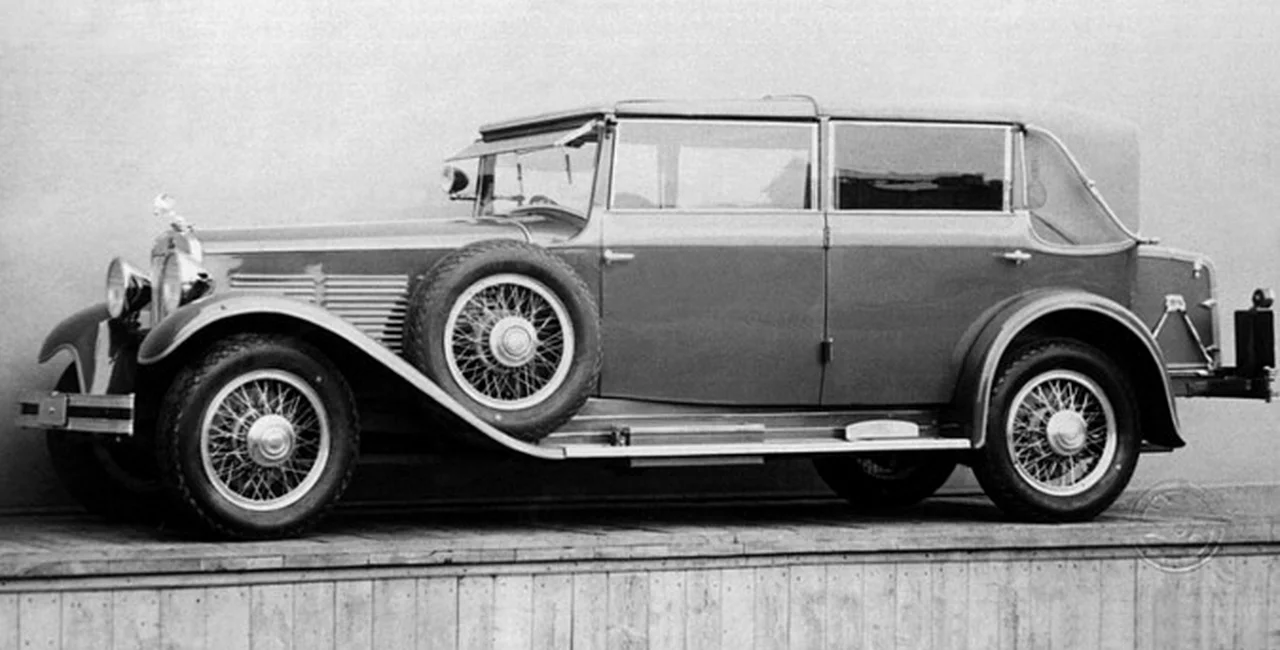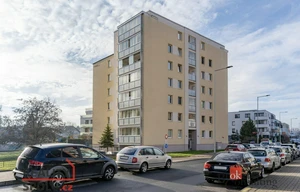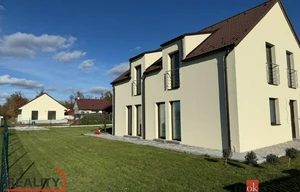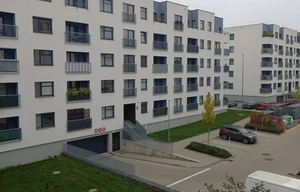Many people think of Škoda as the most representative company of the Czech automobile industry. Although this is without a doubt true now, the past was strikingly different. Automobile production is considered to have its roots in the 1890s with Karl Benz credited with the first modern automobile dating back to 1886. Mass production, as many people may recall from textbooks at school, is most commonly attributed to Henry Ford and began with the Ford Model T in 1908, gaining some 50-60% of the automobile market by 1920. Germany and the USA aside, Czechoslovakia was no rookie when it comes to automobile production.
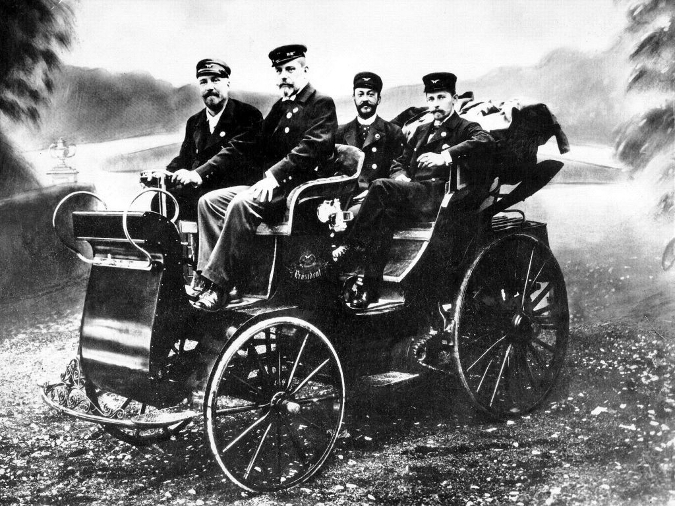
NW Präsident – First Czech automobile produced under the Austro-Hungarian Empire
Interestingly, the first Czech serial-produced automobile dates back to 1897, a mere 9 years following the production of the first modern automobile. It was named NW Präsident and produced by Nesselsdorfer Wagenbau-Fabriks-Gesselschaft A. G. in Kopřivnice, previously known as Nesselsdorf. Later, following the formation of Czechoslovakia in 1918, the decision was made to adopt a Czech name – Tatra. As of 29.3.1919, all vehicles carried the Tatra brand name. Let’s begin with this very automobile producer:
Tatra
From 1919, the Tatra name was implemented and is present to this day. Tatra tasked Hans Ledwinka with producing the first people’s automobile following Tatra’s success in military vehicle production from WWI. The first model was named the Tatra 11, followed by Tatra 12. Notable recognition is deserved for Tatra 57 of 1931, known among the people as “Hadimrška.” During WWII Tatra started production of its Tatra 111, a truck that was revolutionary in construction and usability. Following the war, perhaps the most famous automobile was the luxurious Tatra 600 – Tatraplan in the 1960s based on aerodynamic shapes of their models from the 1930s. The shape and back-windows are unmistakable and associated with communist politicians and other powerful individuals. It is perhaps the most memorable Czechoslovak Automobile. Subsequent production focused primarily on trucks and personal automobile production was scaled down, finishing in 1999 with the Tatra 700. Truck production has gained a very positive reputation and Tatra trucks are visible throughout the World, including the famous Dakar race. An interesting point to note is that Tatra is also well known for its Tatra T3 and T4 trams still abundant (following recent revitalization) in Prague and in other countries throughout the World.
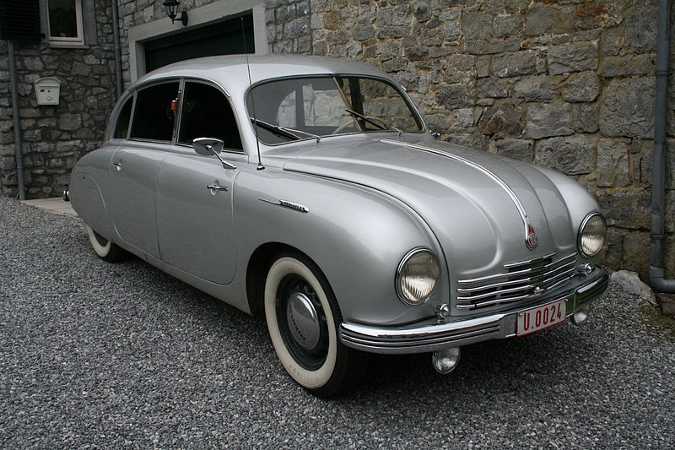
Tatra 600 – Tatraplan – photo by: Jean-Pol Grandmont
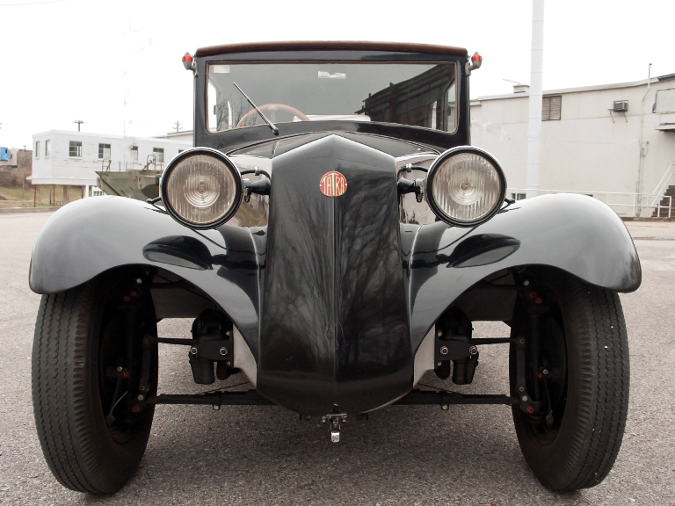
Tatra 57 – “Hadimrška
Wikov
The Wikov factory for agricultural machinery was established in 1878 by František Wichterle. Following WWI, the need for partnering up with another company to survive turned into reality and a competitor by the name of František Kovařík was chosen. The conjunction of these names lead to the new name of Wikov, which began producing automobiles in 1925. It produced numerous lines including Wikov 40 and Wikov 7 / 28. However given the fact that they were technologically more complex, the price was higher than that of the competition. Attempts at producing a people’s automobiles like the Praga Baby and Škoda Popular resulted in insufficient commercial success. Production ceased in 1936 and the company reverted back to agricultural machinery production and its roots.
Laurin Klement
Laurin Klement was established by Václav Klement and Václav Laurin in Mladá Boleslav, 1894. Initially, it served as a bicycle producer and servicing center. Given a growing production of motorcycles primarily in France, the duo decided to react by producing one of their own. As of 1987, the first motorcycle production began. In 1904, their motorcycles had virtually no competitors at international motorcycle races ensuring perfect ground for further growth and commercial success, which resulted in the eventual production of the first automobile in 1905. Given a huge demand for their automobiles, production of motorcycles actually ceased in 1912. Following the end of WWI and a sharp fall in demand, Laurin Klement joined a stronger partner not so dependent on automobile production and chose Škoda. From July 1925, all vehicles carried the Škoda brand name.
Laurin Klement also acquired another automobile producer in 1913. It was the R.A.F-Reichenberger Automobilfabrik in Liberec, which also tried to compete against other brands on the market, producing numerous lines, but ceased production in 1913, when Škoda shut it down.
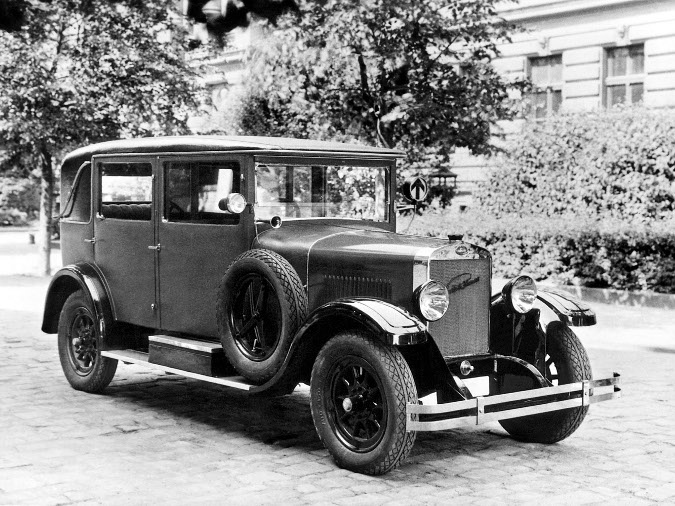
Laurin Klement 110
Škoda
Škoda’s automobile-producing history began in 1925, with the acquisition of the aforementioned Laurin Klement. Škoda’s own production began in 1928 with the Škoda 430 and other more luxurious models. Škoda’s success is attributed to the commercial success of models produced following 1934, with the introduction of Škoda Popular in numerus variations as well as Škoda Rapid, Škoda Favorit and Škoda Superb. Following WWII, production commenced from the damaged production plants and models such as Tudor, Octavia, Felicia and 1200 all made their mark in the history of Škoda’s production.
You will probably notice that these same names were re-applied decades later to late 20th/21st century models we see roaming the stress all across the Word. Current models include the Fabia, Octavia, Superb, Yeti and the Roomster. Modern production was somewhat limited under communism and its controlled economies, but agressive marketing, investment from Volkswagen and global demand resulted in Škoda becoming one of Europe’s key automobile producers with 879,200 cars sold globally in 2011.
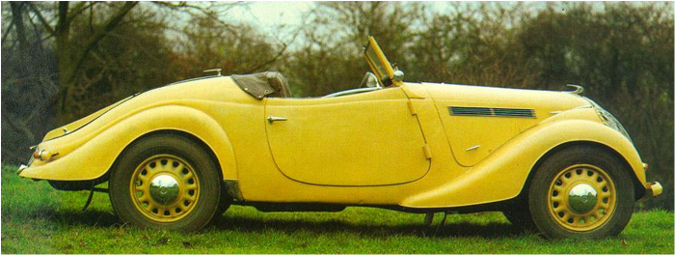
Škoda-Popular Monte Carlo
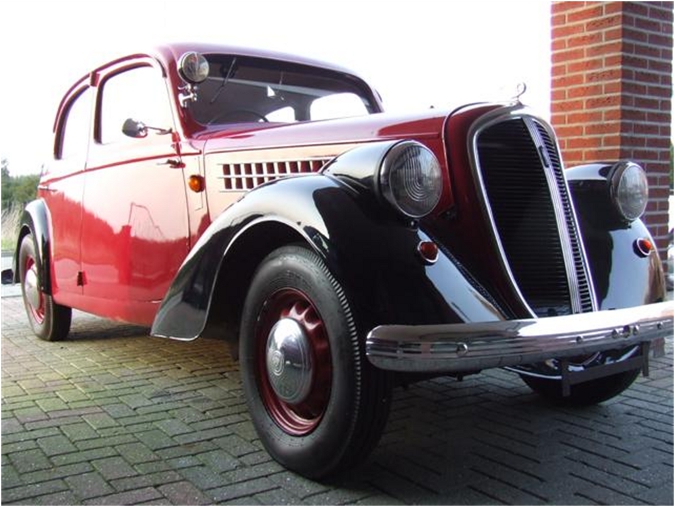
Škoda Favorit 904
Walter
The Walter company was established in 1911 and automobile production began in 1913 due to a growing demand for automobiles. Walter began its production with the WI, WII and WIII models. Further commercial successes lead to the production of one of Walter’s most successful automobiles, the Junior and Super. The WWII and a shift towards engine production resulted in the eventual end of automobile production in 1951. To this day, Walter, now a subsidiary of GE Aviation produces airplane engines.
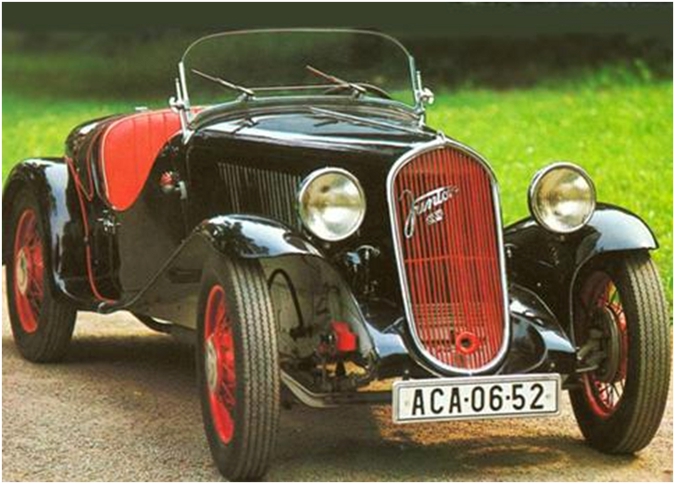
Walter Junior SS
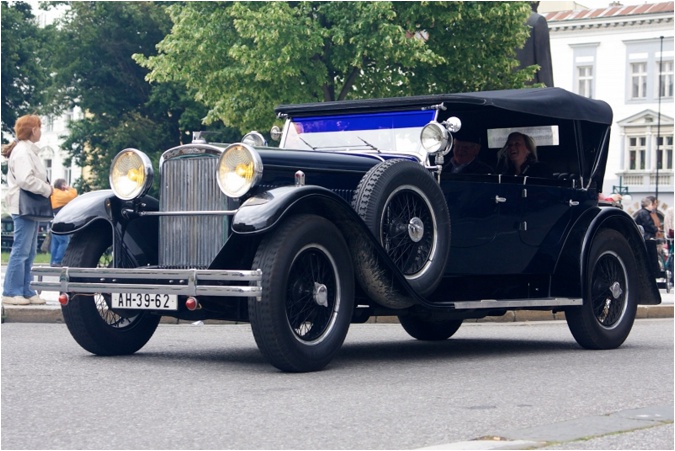
Walter Super
Praga
The history of the Praga brand stretches back to Pražská automobilová továrna, Prager Automobilfabrik (PAT – PAF) in 1906. In 1909, the Praga started being used and all subsequent automobiles were produced under this brand. Major changes took place following the hiring of František Kec, who produced a van named Type V, which was adopted by the army and allowed for future development of automobiles for the civilian sector. Among the most famous would be the Mignon introduced in 1911, the Grand, sometimes referred to as the Czech Rolls-Royce, the Piccolo, Baby and other notable and desired automobiles. Following WWII, production focus shifted to producing trucks, namely the V3S and S5T, many of which are still in operation.
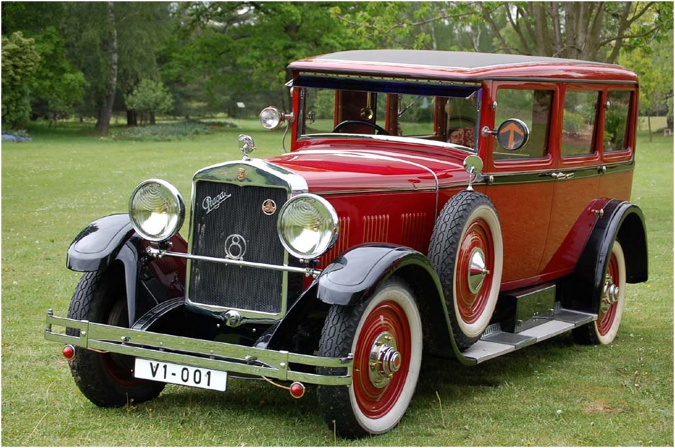
Praga Grand – The Czech Rolls Royce
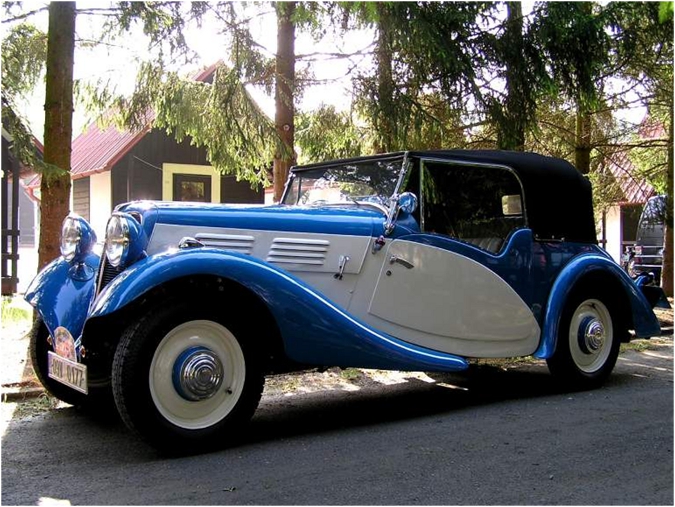
Praga Baby
Jawa
Jawa was another producer, which still to this day has a permanent seat in the minds of motor enthusiasts in the Czech Republic and to some extent, globally. Jawa began its existence in 1929 at the hands of František Janeček, which is much later than most other manufacturers. The plant was situated in Týnec nad Sázavou-Brodice. Initial efforts focused on the licenced production of Wanderer German motorcycles. This is where the name originates from, i.e. the conjunction of the names Janeček and Wanderer. The choice was made to pursue automobile production. Yet again, Jawa chose to licence the production and chose the German DKW Meisterklasse, selling and producing it under the Typ 700 name. The turning point in production came with the two X-Praga design engineers Zdeněk Pilát and Ing. Rudolf Vykoukal. Their efforts lead to the production of the Jawa Minor in 1937. During the war, further development was forbidden, but took place in secrecy. Soon after the war, the Jawa Minor II was actually produced at the Aero factory under the name Aero Minor. Aero Minor is without a doubt one of the most famous automobiles ever produced in what is now the Czech Republic.
Aero
Aero was established in 1919 as a producer of aeroplanes. In 1929, the Aero 500 was introduced and gained considerable successes. From 1931, the Aero 662 was introduced, followed by the Aero 1000 and notably the Aero 30 and 50, which gained an unerasable reputation and prestige. Automobile production of its own lines of automobiles ceased in 1946. Production of the Jawa Minor, now produced under the Aero brand started in 1946 and continued until 1951. Following this, Aero focused on aeroplane production which continues to this day, with the Aero L-159 representing the higlight of its product line.
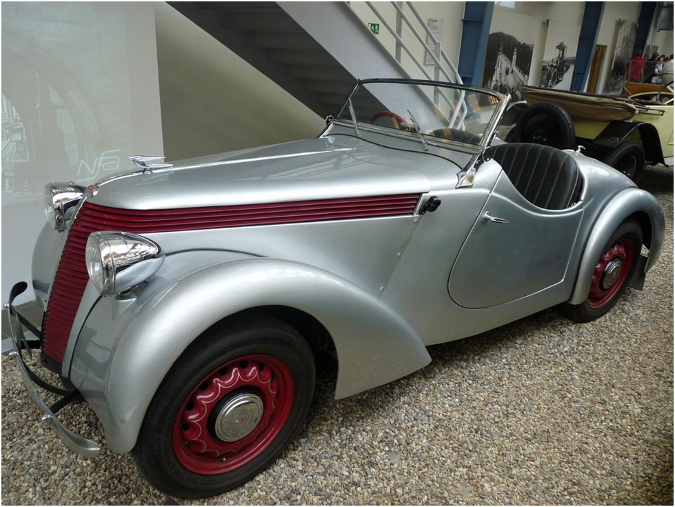
Jawa Minor
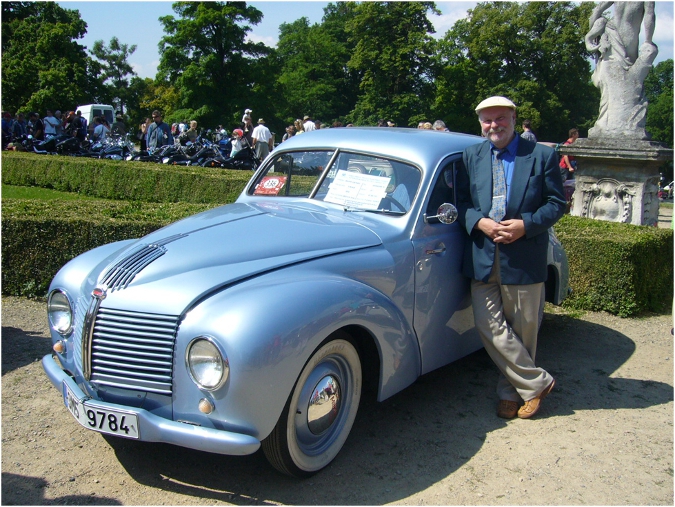
Jawa Minor II – Aero Minor – Photo by Hubert Grmela
The “Z” Automobiles – Brněnská zbrojovka
The Brno Arms Company, Brněnská zbrojovka, needed to react to a diminishing demand for arms following WWI. Alternative production was therefore focused on the production of automobiles. In 1924, the Disk was produced. However, due to a lack of experience, the automobiles were not reliable and did not gain a good reputation. In 1925, a more refined and successful Z18 began leaving the factory, dubbed as an indestructible automobile. Despite commercial successes, no further development took place until 1928 when the competition was already strongly established. Production continued with the Z4 in 1933, followed by the Z4 – Express and also the Z6, which was the cheapest of them all, dubbed “Hurvínek.” On 15.10.1936, due to rising orders of weapons, automobile production stopped and never restarted following WWII.
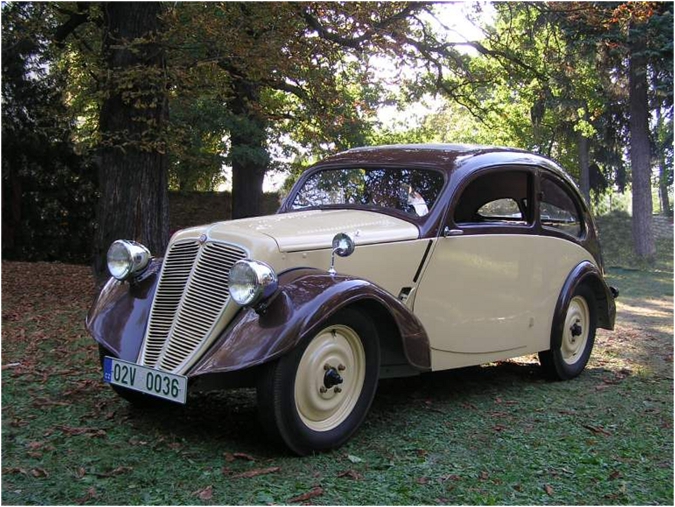
Z6 “Zetka Hurvínek”
From the Past to the Present
Currently, the only company still producing mass-automobiles in the Czech Republic is Škoda. It should be mentioned that there are also numerous other vehicle manufacturers such as Avia, Karosa, SOR and Zetor. Avia produces trucks and smaller utility vehicles while Karosa (Iveco Czech Republic) and SOR are well known for their buses. Zetor is the only Czech tractor producer. Aside from Czech companies however, the country houses major production facilities for Hyundai and Toyota, Peugeot and Citroën, not to mention heavy presence of car accessory/parts production.
It could therefore be concluded that the tradition of producing automobiles and other vehicles has simply evolved in-line with modern trends and is likely to continue for as long as there is the demand. Producers have come and gone, changed names and transformed themselves based on the developments that took place. The Czech automobile industry is, without a doubt, rich in history and bears witness to a plethora of unique and beautiful automobiles produced over the more than 115 year old local industry. Only time will tell what direction it will take, but one thing is for certain. Czech automobiles have left their permanent mark in the complex stretches of the global automotive history.
Places and Events Not to Miss:
Below are some of the many places to visit to see the automobiles in person – often wonderfully renovated:
Alternatively, you can visit one fo the planned events listed here:
Veteran Car Club Prague (CZ)
EuroOldTimers.com (CZ)
I definitely recommend attending an event or visiting the museums to get the full experience and to truly appreciate the beauty of these masterpieces of time.

Old Logos of the Automobile Makers
Related articles












 Reading time: 8 minutes
Reading time: 8 minutes 